Key Advantages of Agile Practices in Project Management
October 11, 2016 / Estimated reading time: 7 minutes

Project managers solve many objectives. They manage teams, plan and schedule their aims, using smart goal templates, set deadlines, etc. And one of the most important objectives is choosing the best management method for a project. The popular Agile methodology has its advantages and drawbacks, so how should we know which one to choose?
Recently, we have found the main benefits of the critical path method in project management, so now is the time to make the next step to the project’s success.
If you want to find an alternative way to traditional project management and evaluate the project direction throughout the development process, Agile methodology is an excellent solution.
What is Agile?
The Agile model in software engineering is a method based on iterative development. According to this type of development, solutions evolve through collaboration between organizing cross-functional teams. It does not mean any specific recommendations. This model outlines the principles that use flexible methods.
Agile methodologies provide management processes that contain the best practices of accountability, leadership philosophy and engineering.
The term was created in 2001 in the USA. There was a meeting in Utah, where 17 developers discussed their ideas and software approaches. Their collection of values and principles was the first basement of the Manifesto for Agile Software Development.
In this article, we explore and compare some popular types of flexible software development methods with different complexity levels and learn more about free Gantt chart templates that help to visualize any development process. We will also discover why choose Agile.
What is Agile methodology in software development? TOP-12 principles of the method
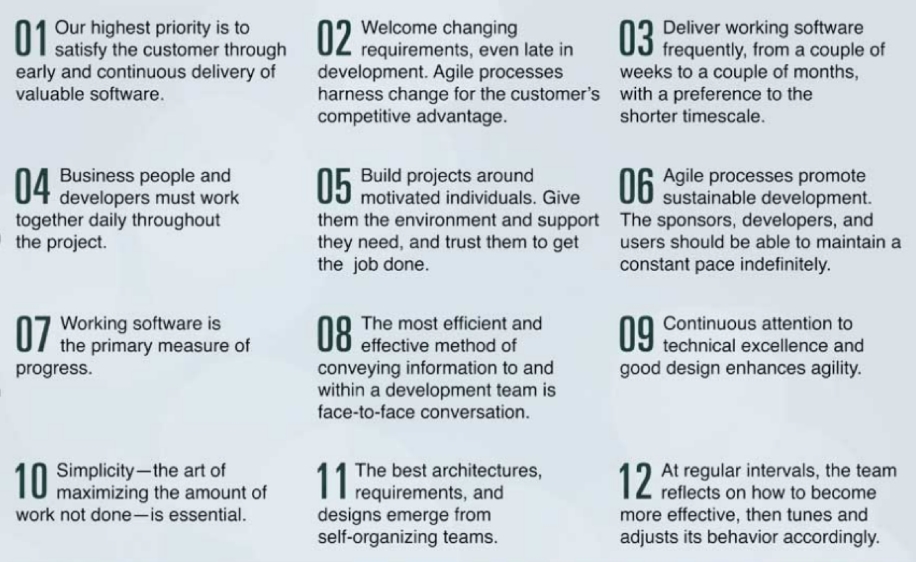
How to use Agile?
The development cycle consists of 6 evolving and flexible steps. Some of them can flow in parallel.
6 essential steps of Agile development:
- Plan. After the idea is determined, the project team should identify and plan the main features. The main purpose of this step is to divide the idea into different pieces.
- Requirements analysis. This step contains meetings with managers and users to identify business needs and goals. It’s important to note everything. For example, who will use the product and how will they do it. The requirements should be measurable and relevant.
- Design. With the help of the requirements, it’s possible to work on software design and think about how the product will look like.
- Implementation, coding, and development. Creating and testing features are also belong to this step.
- Testing. Specialists test the code to make sure the product is solving customer needs and matching user stories. This step includes unit testing, integration testing, system testing, and acceptance testing.
- Deployment. After all tests, the product should be delivered to the customer.
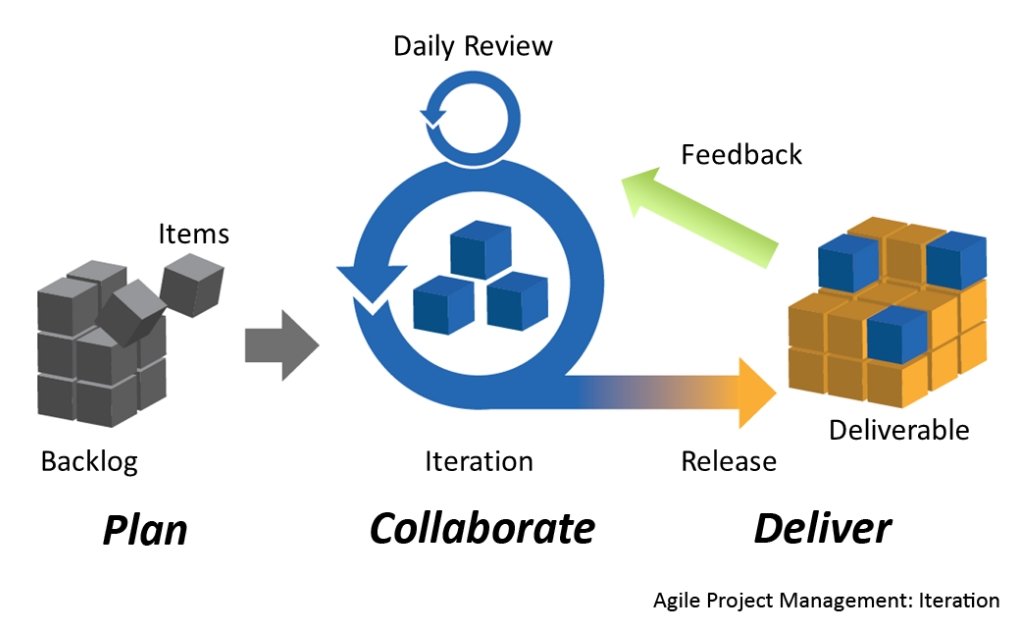
What is Agile project management methodology?
The main focus of Agile tools is on flexibility and improvement. Here we combined some basic advantages of Agile methodologies.
How does it work? 6 key advantages of Agile methodology for project management
- It’s not difficult to adapt to changes during the project with a shorter planning cycle. You can always refine and reprioritize the backlog. You are able to let the team apply changes to the project.
- The final goal can be invisible. Agile can be helpful for projects with undefined end-goals.
- High quality and fast delivery standards. Teams can be focused on development and testing because of the breaking down the project into iterations.
- A strong interaction of the team. The method provides face-to-face interactions. People can work together and take responsibilities.
- Customers may work closely with the team. They are able to share their input and have a real impact on the product.
- Permanent improvement. Agile projects provoke feedback from users and team members.
5 main drawbacks of the method
Agile flexibility is quite high, but it also comes with some difficulties. Here are some disadvantages of Agile software development:
- A planning process can be less concrete. Sometimes it’s difficult to hold a specific delivery date. Some items scheduled for delivery cannot be completed in time. It happens because managers often make the tasks’ reprioritizing.
- The team should know all details and facts. Usually, Agile project teams are small and their members must be skilled in different ways and areas.
- Time for development. The successful Agile movement is when the team is completely dedicated to the project.
- Teams often do not care about documentation. It’s better to find a balance between paper issues and meetings.
- The final product may look much different from what was initially intended. You can add new iterations because the method is flexible.
Key responsibilities and duties of an Agile Project Manager:
- Maintaining all practices and values in the project team.
- Removing borders and impediments.
- Holding and moderating all meetings.
- Discussing ways to overcome obstacles.
- Enhancing the practices used in the development process.
- Motivating. Project managers should be the main motivators for their teams.

Agile methodologies comparison
You can try different project management tools within the Agile movement. Let’s list some of them.
Agile methods
XP (Extreme Programming)
Extreme Programming is a specific method of software development that is intended to improve responsiveness and quality to evolve customer needs. It advocates frequent “releases” in short development cycles. Extreme Programming got its name because the beneficial elements of traditional software development practices are taken to “extreme” levels.
FDD (Feature-driven development)
FDD is an iterative and incremental software development process that includes the best industry practices into one methodology. Feature-driven development has 5 key activities: develop a basic model, build feature list, design by feature, a plan by feature, and build by feature.
ASD (Adaptive system development)
According to this method, projects should always be in a state of permanent adaptation. Adaptive system development consists of 3 repeating series: speculate, collaborate, and learn.
Kanban
The name of the method is a Japanese word that means a “visual card or billboard”. It is a visual framework for Agile implementing that promotes small and continuous changes to a current project system.
Developers use Kanban to support a production system and the way to promote improvement.
The key benefits of this method are to avoid overloading of the manufacturing system and to establish an upper limit to the work in process inventory.
Crystal Clear
Crystal Clear is the other example of Agile methodology. It can be used by teams of 6- 8 developers. Crystal Clear is basically focused on people, not processes.
The method has its properties: focus, personal safety, easy access to expert users and automated tests.
Scrum
Scrum demonstrates us the essential Agile methodology features best of all. The sprints last 1-2 weeks and allow teams to deliver software on a regular basis.
Agile scrum development: responsible participants
Scrum project management shares responsibilities among a product owner, ScrumMaster and the team.
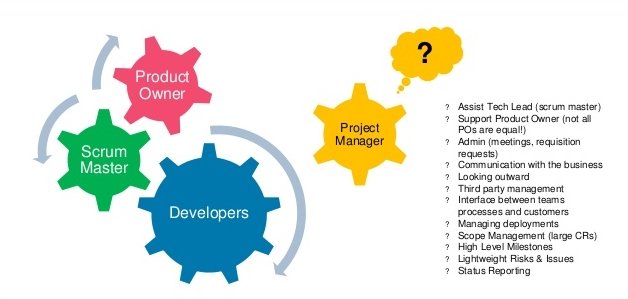
Product owners are responsible for all business issues of the project. They are empowered to make decisions about the product and can balance all priorities.
ScrumMasters help team members work together and get the most effective results. They remove impediments, track progress and issues, facilitate discussions, arrange meetings, etc.
The team assumes management roles when determining how to achieve the purposes of the product.
The team members decide what technical practices are best for the purposes, which person should work on specific tasks, etc.
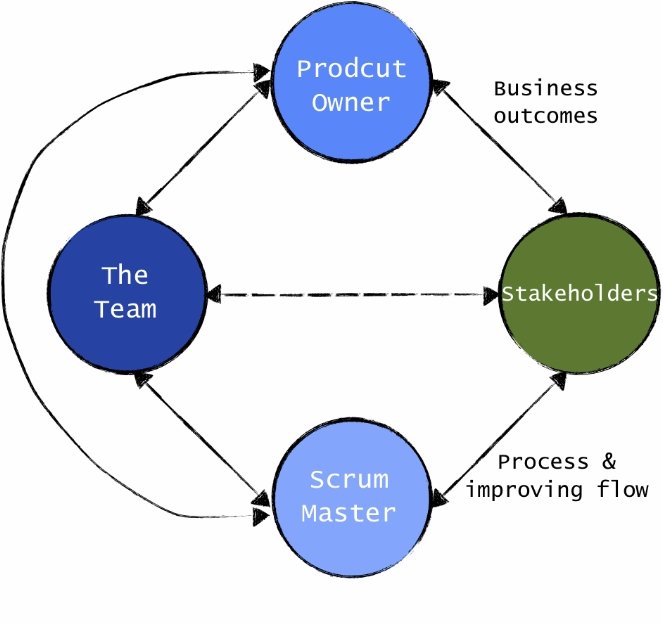
Project management Agile methodologies and planning with Gantt Charts
As people and communication aspects are more important in Agile methodologies than processes and tools, it may seem that the methodology is not one of those approaches, which plays a decisive role in project planning.
But it is more convenient to perceive visual information than text. A Gantt chart is one of the most convenient and easy ways to visualize any development process.
Gantt Charts can be used not only for software development processes. Do you want to build a bridge? Or maybe you want to cook a pizza. Gantt charts will make your life easier.
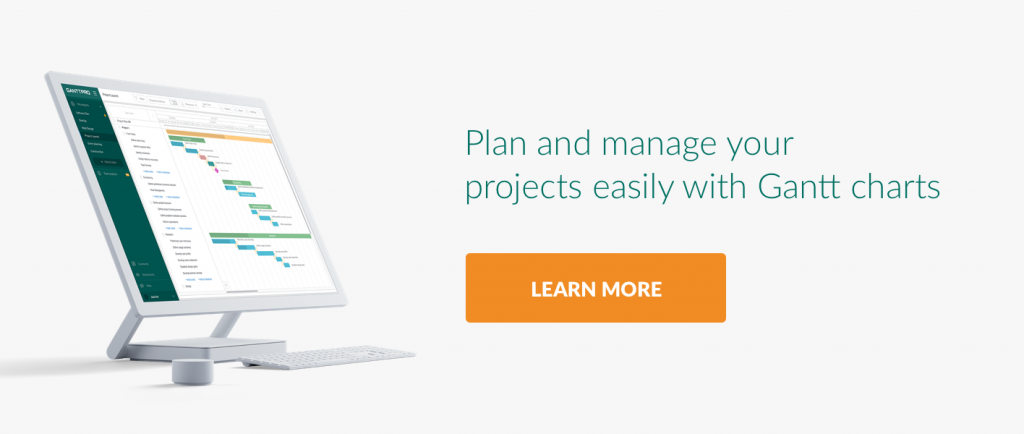
Did you use Agile methodologies? What can you say about the results of your project?
Please, share your experience with us!

Agile methodology is the most significant approach to project management which is effectively used in the process of software development.
Specifically, the agile methodology definition refers to the software development process centered around the idea of iterative development.